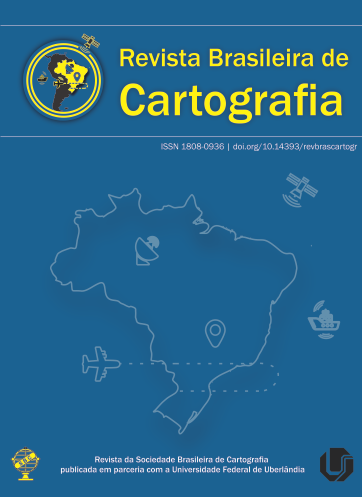How do users deal with the indirect evaluation of geospatial data sets quality
Main Article Content
Abstract
The increasing availability of geospatial datasets throughout Web services granted access to content that users considered inexistent as well as restricted to specific personnel. With Catalog Services for Web (CSW), metadata are documented and distributed according to well-known specified structures, supporting users in querying Spatial Data Infrastructures’ (SDI) repositories to reach the required resource. Data quality metadata elements carry useful information to assess the fitness of a dataset to a particular application either by evaluating data quality reports or by performing an indirect evaluation, based on the user’s previous experiences as well as on the application domain. Consequently, quality assessment is not based on well-known objective indicators and considers parameters subject to some level of uncertainty while filling such content. This paper aims at identifying which metadata elements carry the implicit sense of quality for geospatial resources, useful to subsidize the indirect quality evaluation process. Different kinds of users answered a questionnaire regarding their impressions about the metadata elements Purpose, Statement, Process Steps, Sources, and Organization Name to provide the input for the Analytical Hierarchy Process. Preliminary results highlight the relevance of filling Process Steps, Sources and Purpose metadata elements.
Downloads
Metrics
Article Details
Authors who publish in this journal agree to the following terms:
- Authors retain copyright and grant the journal right of first publication with the work simultaneously licensed under a Creative Commons Attribution License that allows others to share the work with an acknowledgment of the work's authorship and initial publication in this journal.
- Authors can enter into separate, additional contractual arrangements for the non-exclusive distribution of the journal's published version of the work (e.g., post it to an institutional repository or publish it in a book), with an acknowledgment of its initial publication in this journal.
- Authors are permitted and encouraged to post their work online (e.g., in institutional repositories or on their website) before and during the submission process, as it can lead to productive exchanges, as well as earlier and greater citation of published work (see "The Effect of Open Access").





